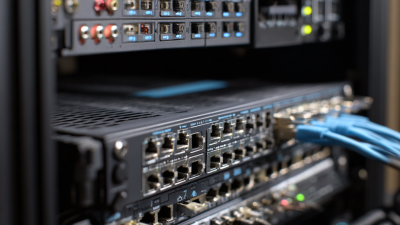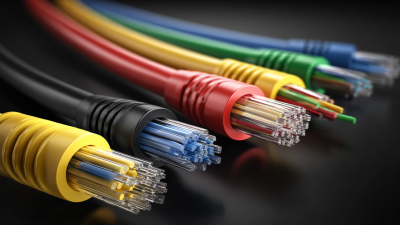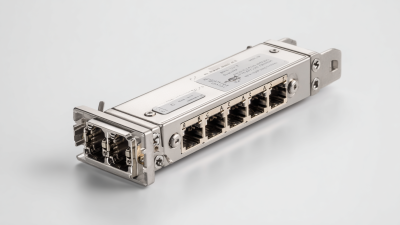Industries
Get direct access to our extensive portfolio of optical products and specialist technical expertise.
Get direct access to our extensive portfolio of optical products and specialist technical expertise.
As the digital landscape evolves, the demand for faster, more reliable internet connectivity has reached unprecedented levels. Fiber networks, known for their impressive bandwidth and speed capabilities, are at the forefront of this transformation. According to a report by the Fiber to the Home Council, homes connected via fiber can achieve speeds up to 1 Gbps or more, significantly surpassing traditional copper connections. Additionally, the International Telecommunication Union estimates that fiber networks will serve more than 60% of global broadband subscriptions by 2025. This surge in fiber adoption not only enhances the internet experience for consumers but also fuels advancements in smart technologies and IoT applications. As we explore the revolution brought about by fiber networks, we must consider their role in shaping the future of connectivity and their potential to bridge the digital divide.
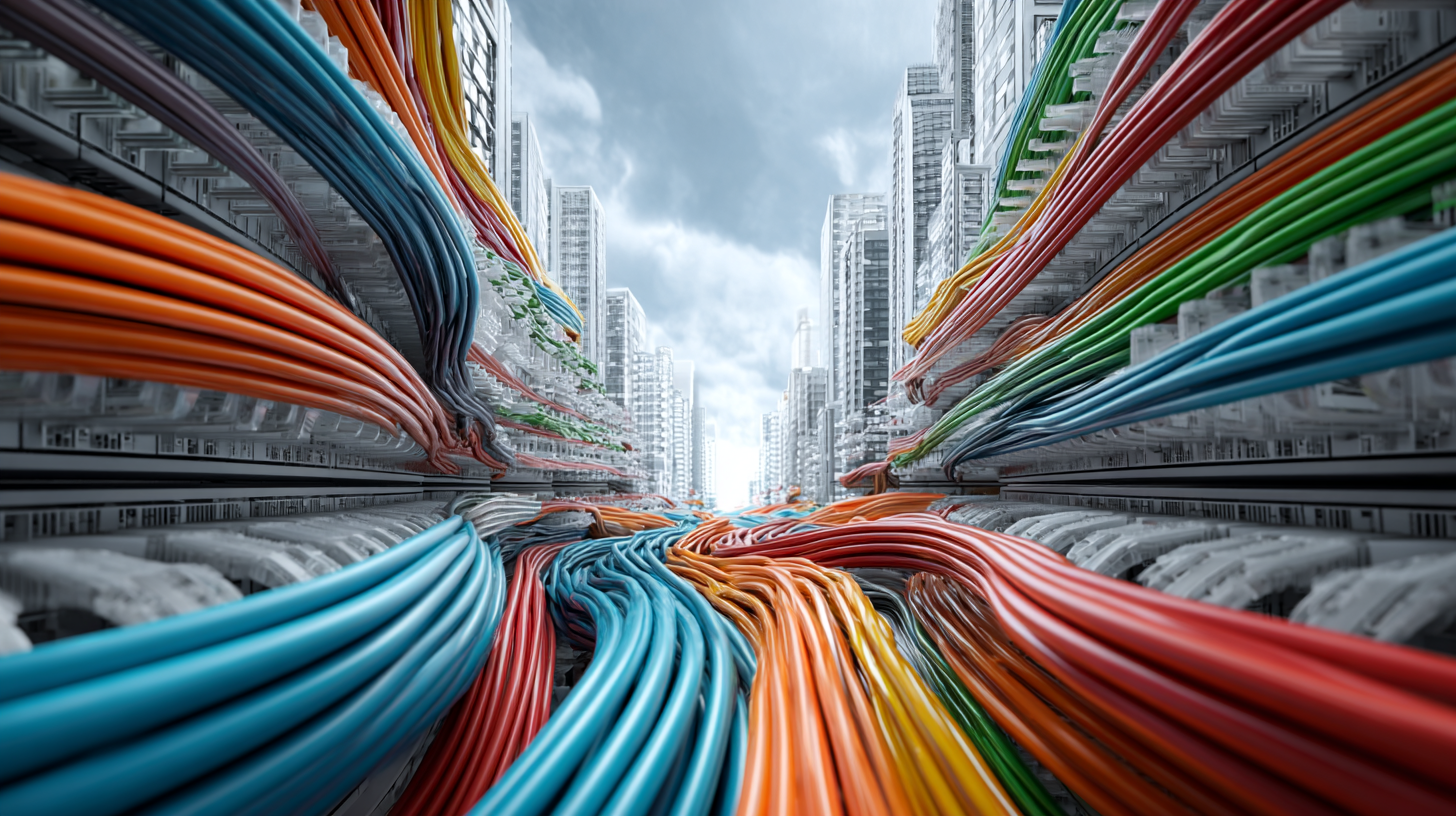
Fiber networks are fundamentally transforming global internet connectivity, primarily by enhancing speeds and reducing latency. As noted in recent industry analyses, fiber-optic broadband typically offers download and upload speeds ranging from 100 Mbps to over 1000 Mbps, with latencies as low as 5-20 milliseconds. This starkly contrasts with satellite options, which, while providing a viable alternative in regions with limited fixed infrastructure, generally experience higher latencies and variable speeds. For example, satellite internet services might present speed advantages in certain African contexts, yet the inherent latency can hinder real-time applications and overall user experience.
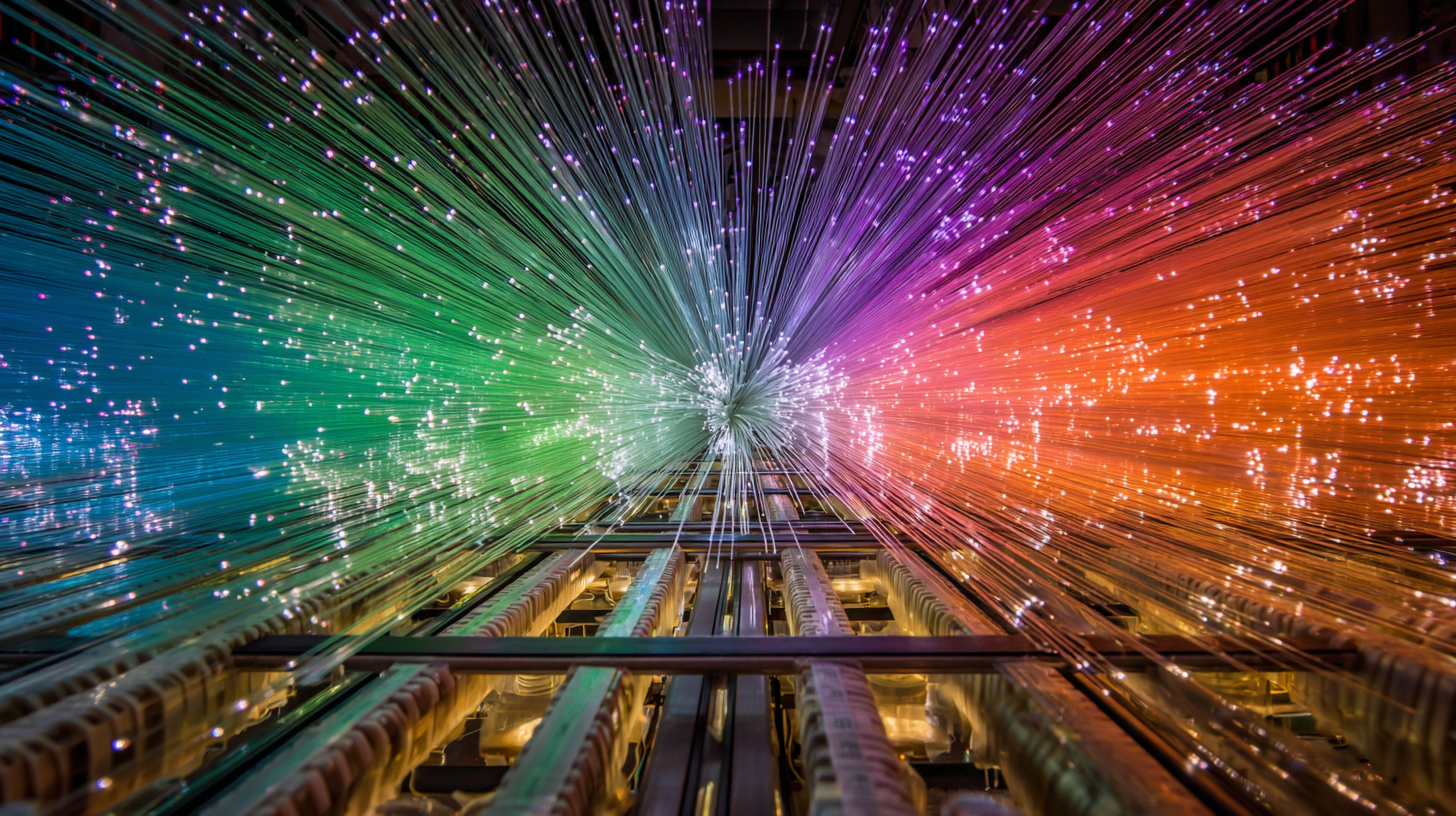
The impact of fiber technology extends beyond mere speed enhancements; it also facilitates a new era of internet applications that are sensitive to latency. As fiber availability widens to more regions, recent statistics suggest that only 25-40% of areas are currently served by fiber, highlighting the potential for vast improvements in connectivity. Innovations in adjacent technologies, such as Wi-Fi 7, further amplify the capabilities of fiber networks by supporting multi-gigabit experiences, thus ensuring that users can take full advantage of the high speeds available. The synergy between fiber optic technology and emerging innovations denotes a future where low-latency internet becomes a pivotal component of global connectivity.
The adoption of fiber optic technology is transforming internet connectivity on a global scale, and recent statistics highlight significant trends in various regions. As of mid-2024, Vietnam is leading the way with an impressive 82.2% of fixed broadband households connected through fiber-optic FTTH (Fiber to the Home). This widespread adoption reflects a broader commitment to achieving universal fiber access in the country, significantly enhancing internet speeds and reliability for its residents.
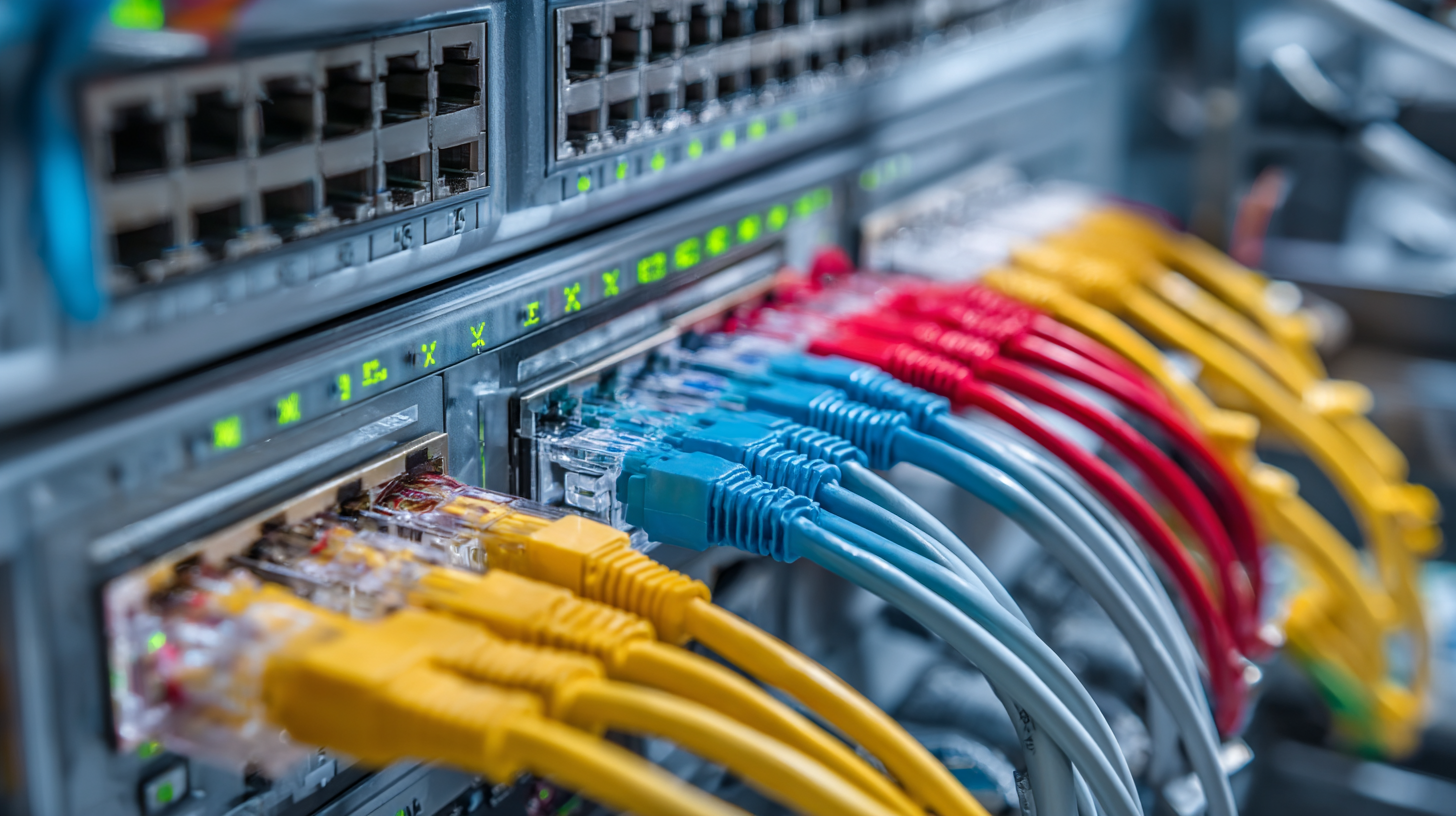
In the context of the global market, the optical interconnect sector is poised for substantial growth. Valued at approximately $13.87 billion in 2024, it is projected to expand to $35.31 billion over the next decade, driven by increasing demand for high-speed internet solutions. Additionally, the Passive Optical Component Market is expected to reach $183.5 billion by 2034, indicating a robust annual growth rate of 13.2%. Such statistics not only illustrate the rapid advancement in fiber optics but also underscore the technology's pivotal role in shaping the future of internet connectivity worldwide.
The advent of fiber optic networks is transforming the landscape of internet connectivity, providing substantial economic benefits for both businesses and consumers. For businesses, the increased bandwidth offered by fiber networks enables faster data transmission and improved operational efficiency. This is particularly critical for companies that rely on cloud-based services and large data transfers, as fiber optic connections minimize latency and enhance productivity. As firms transition to high-speed internet solutions, they can also expand their service offerings, attract new customers, and ultimately drive revenue growth.
For consumers, fiber networks translate to superior internet experiences, characterized by faster download and upload speeds. This enhanced connectivity allows for smoother streaming, increased gaming performance, and more reliable telecommuting options. Moreover, as more households gain access to fiber optics, competition among service providers increases, leading to better pricing and service packages. Consequently, consumers can enjoy the benefits of high-speed internet at more affordable rates, significantly improving their overall quality of life and economic opportunities.
The advancement of fiber technology plays a pivotal role in the growth of smart cities and the proliferation of Internet of Things (IoT) applications. As urban areas become increasingly interconnected, the demand for high-speed, reliable internet connectivity escalates, making fiber networks an essential backbone for modern infrastructure. These networks support the influx of data generated by various sensors and devices that are integral to smart city initiatives. With fiber optics enabling faster data transmission and reduced latency, cities can efficiently manage resources, optimize traffic flow, and enhance public safety.
Moreover, the integration of optical sensors within IoT frameworks significantly contributes to sustainable urban development. These sensors facilitate real-time monitoring of environmental conditions, energy usage, and public services, providing valuable insights that inform city planning and operational strategies. As cities harness fiber technology to support IoT applications, the potential for innovation increases, paving the way for smarter, more sustainable living environments that connect residents and services like never before. The fiber optic market's impressive growth projections indicate a strong future, with compound annual growth rates underscoring its vital role in shaping urban landscapes.
The chart illustrates the growth in residential fiber internet subscriptions and the number of smart city projects implemented from 2019 to 2023. The increasing trend in both dimensions reflects how fiber technology is crucial for enhancing internet connectivity and supporting the development of smart cities and IoT applications.
The rush towards fiber networks marks a significant evolution in internet connectivity, setting itself apart from traditional broadband technologies. While DSL and cable networks have served millions, they often deliver uneven performance, especially during peak usage times. In contrast, fiber optics utilizes light to transmit data, offering unparalleled speed and reliability. Users can enjoy seamless streaming, quicker downloads, and lower latency, making fiber a game-changer for both everyday users and businesses requiring robust internet solutions.
**Tip**: When considering an upgrade to fiber, check the provider's service reliability and customer feedback in your area. This can help ensure that you choose a plan that meets your connectivity needs without unexpected slowdowns.
Moreover, fiber networks are designed to handle higher data capacities, which is critical as the demand for internet access continues to surge. Unlike traditional technologies, which can struggle to keep pace with increasing user numbers and data-intensive applications, fiber networks provide the scalability needed for future advancements. As smart homes and IoT devices become commonplace, having a fiber connection ensures that households can easily accommodate multiple devices without sacrificing speed.
**Tip**: Look for bundled services that include fiber internet, television, and phone plans. These packages often provide better value and may include promotional rates for new customers.
| Connectivity Type | Max Download Speed (Mbps) | Max Upload Speed (Mbps) | Latency (ms) | Connection Stability (%) |
|---|---|---|---|---|
| Fiber Optic | 1000 | 1000 | 5 | 99.9 |
| Cable | 500 | 50 | 20 | 95.0 |
| DSL | 100 | 10 | 40 | 85.0 |
| Satellite | 25 | 3 | 600 | 80.0 |
| Mobile Broadband | 50 | 20 | 30 | 90.0 |
